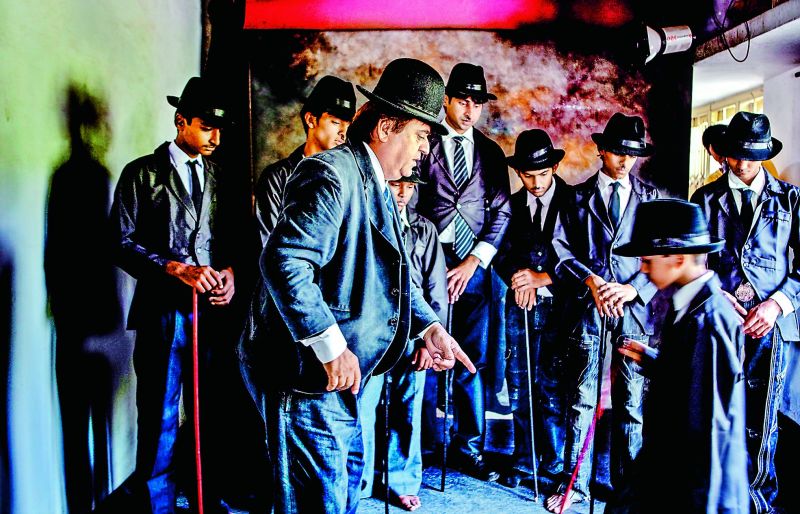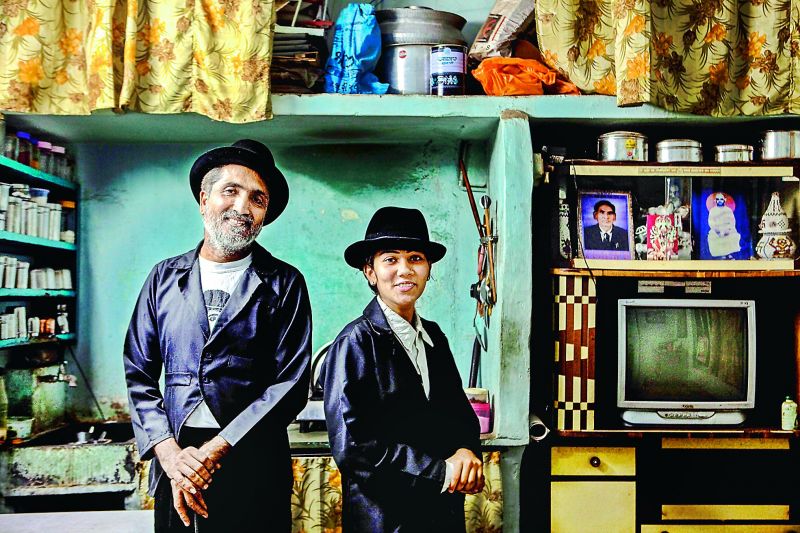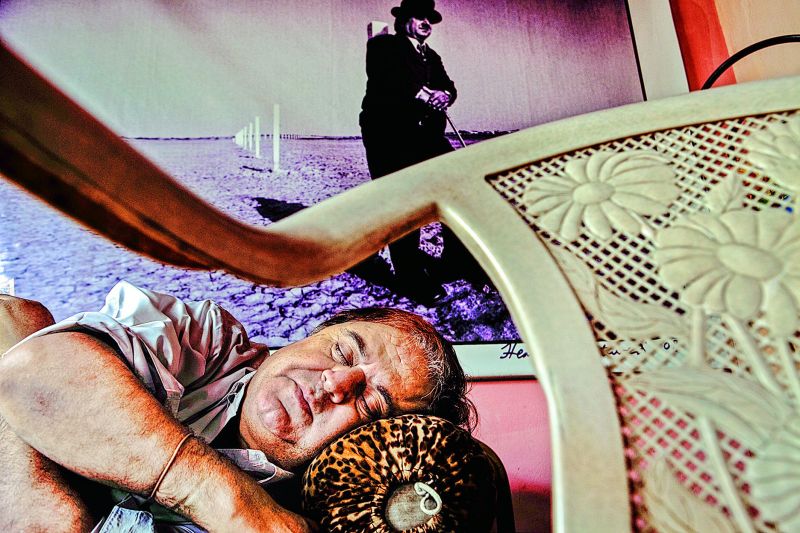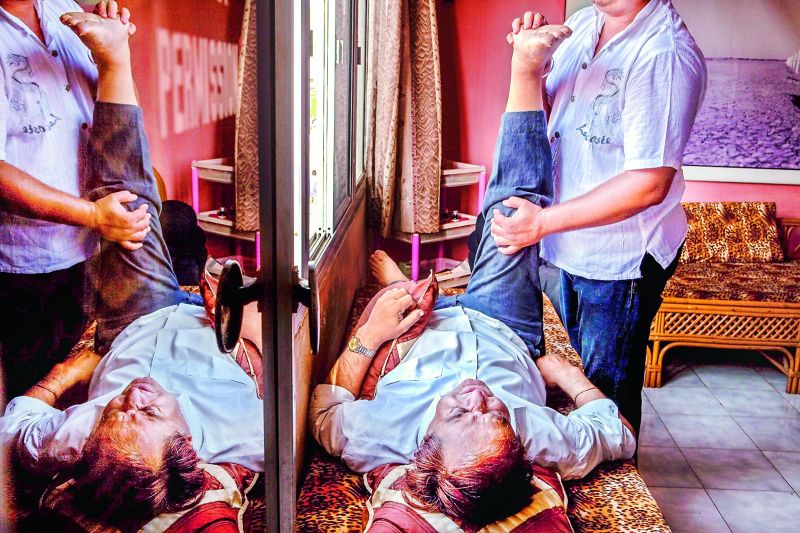Documenting the lives of others
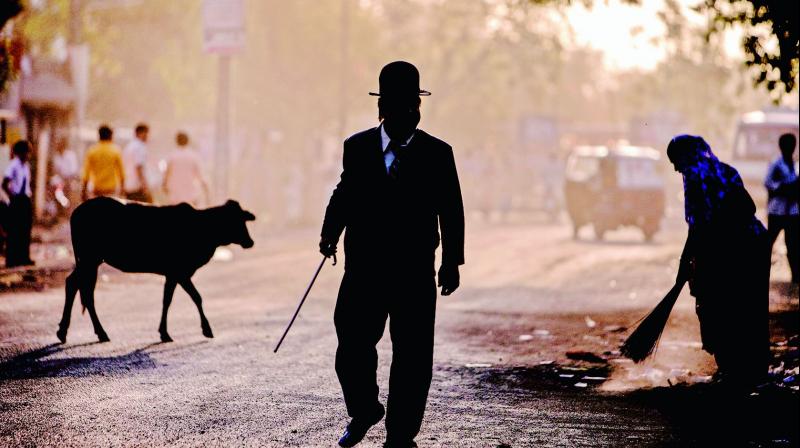
At an age when his friends would be out playing in the field under the scorching sun, Atul Loke was busy cleaning and developing photographs in a dark room. It was while helping his photojournalist father that Atul developed a liking for the craft but wasn’t sure if he wanted to be a photographer. Though eager to pick a camera, he wasn’t allowed to do so for the next five years. “After having gained an in-depth knowledge of photography right form developing to printing, it was only after I started to raise doubts and question my father’s work that he allowed me to pick the camera,” recalls Atul. And so, his first stint was with a Minolta 101b in the 10th standard that he took to click his school function.
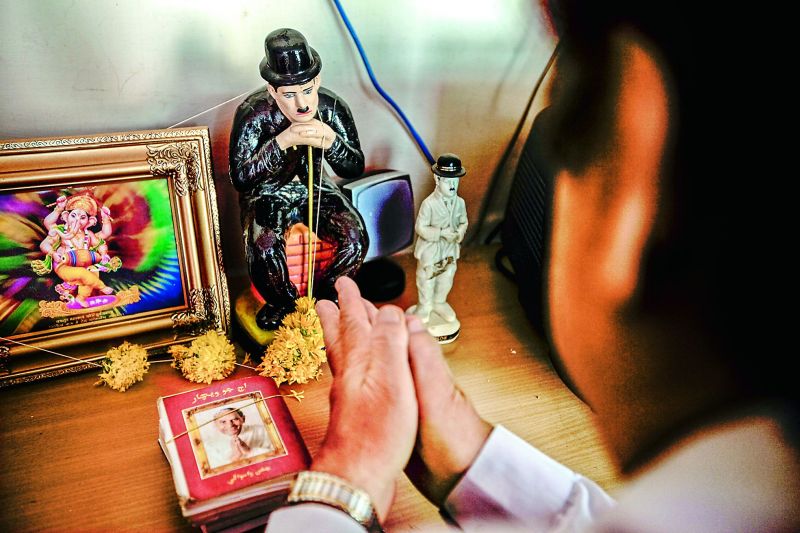
Twenty-five-years down the line, the transition from a photojournalist to a documentary photographer has been an exciting journey for the lensman.
“Today’s generation thinks photography is just about clicking pictures. A camera is just a tool, it’s the thought process that’s important. Photography happens much before you pick up the camera. It is the way you observe the surroundings,” says Atul. For the photographer, merely taking a single photo is doing injustice to a story. “I am a storyteller. For me, it is not about a good or bad picture, the story is more important. The thread from one to another picture and how it flows, that is the process I love,’ says the photographer who is drawn to humanitarian stories. As can be seen in his The Great Imitator series that encapsulates Ashok S. Aswani’s — an Ayurvedic practitioner from Adipur in Gujarat — fascination with Charlie Chaplin.

“When you go about randomly clicking pictures, you are doing that at a superficial level. You need to be close to the subject, spend time and have an in-depth knowledge of the subject to be able to represent the exact emotion. This has given me an opportunity to understand and learn many nuances of life,” says Atul who learned about Ashok in an in-flight magazine, traced him down and spend two weeks with him documenting his love for Charlie Chaplin.
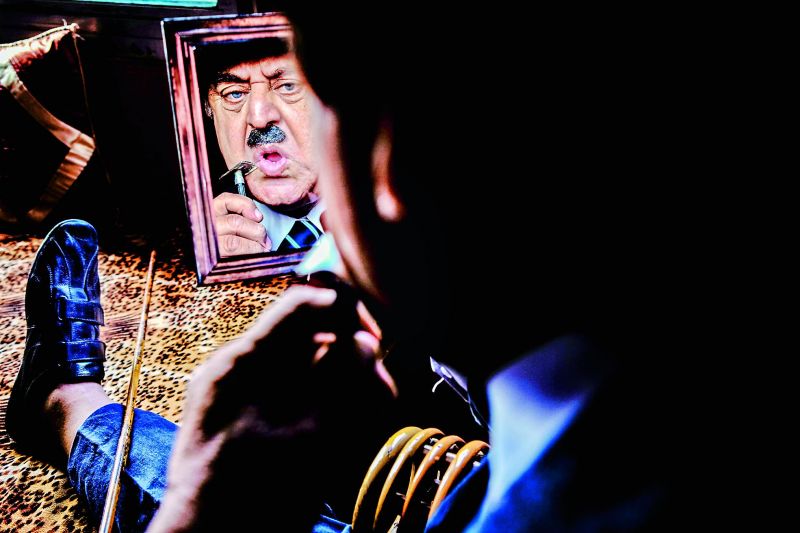
The documentarian spent each day observing his daily routine with his wife, children, patients, and neighbours. “It was more of an observation of his daily life and taking pictures in between. Unless I know what his life comprises and how he is as a person I won't be able to portray it,” says Atul, adding, “I explained that he doesn’t have to pose for me, just go about doing his daily chores and forget that I am here to photograph him.” However, even these photographs left Atul unsatisfied and he progressed to making videos for the first time with a Canon 5D Mark II. “I knew something was lacking. The things that I could not interpret through photos I captured it in the video. It is a fulfilling experience,” he says. And this video of Ashok as Charlie Chaplin later travelled all the way to the comic legend's daughter. “I met a French Minister who loved the video. He asked the French High Commissioner in Mumbai to translate this video in French and gifted it to Chaplin's daughter,” he says.
